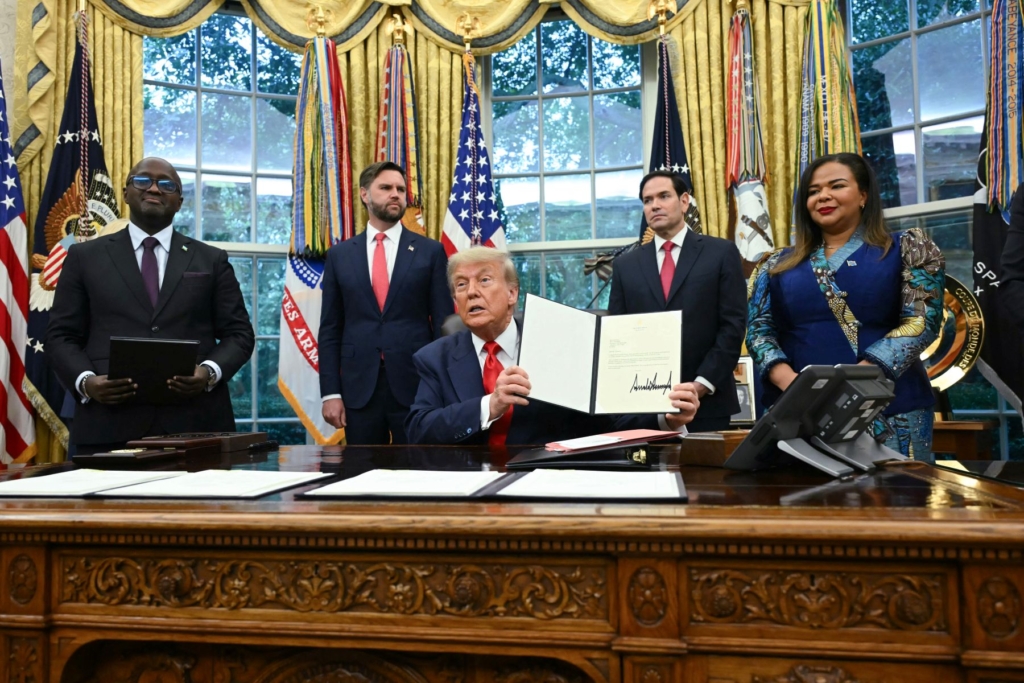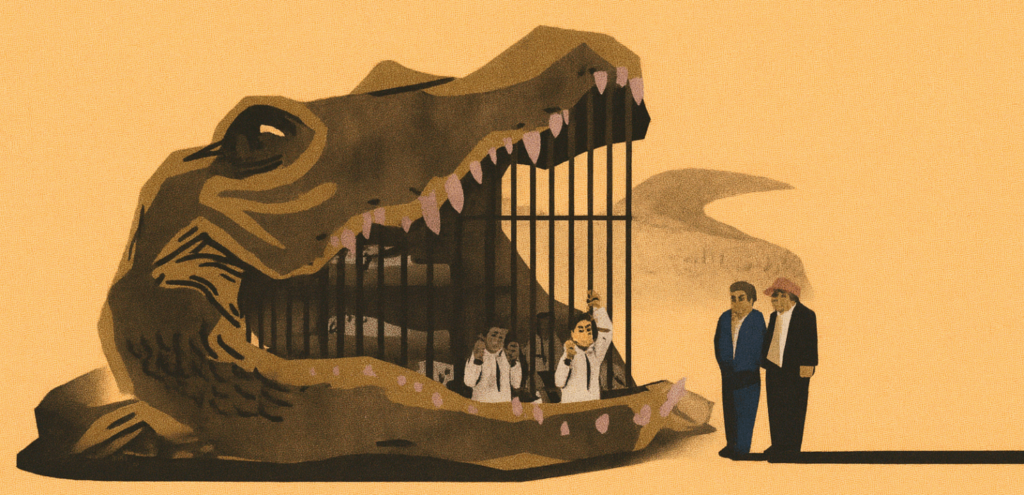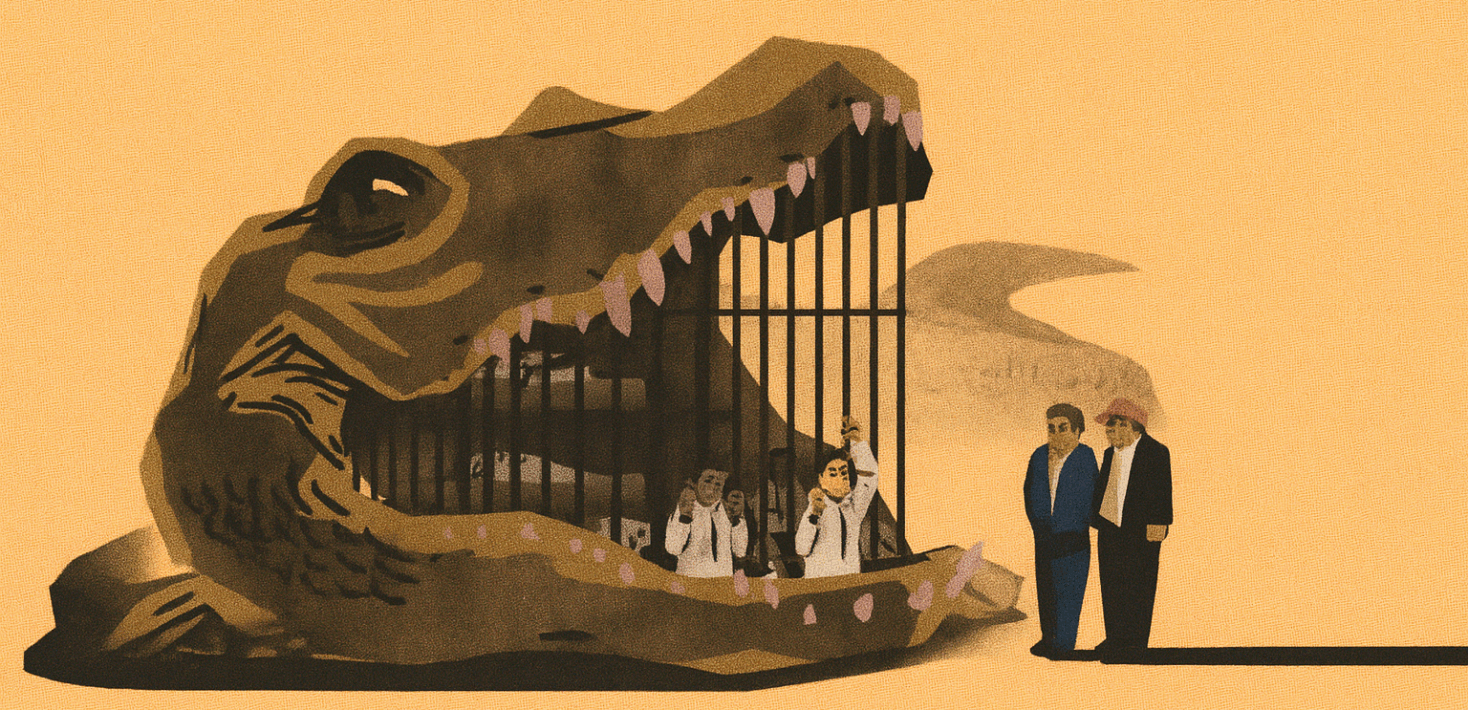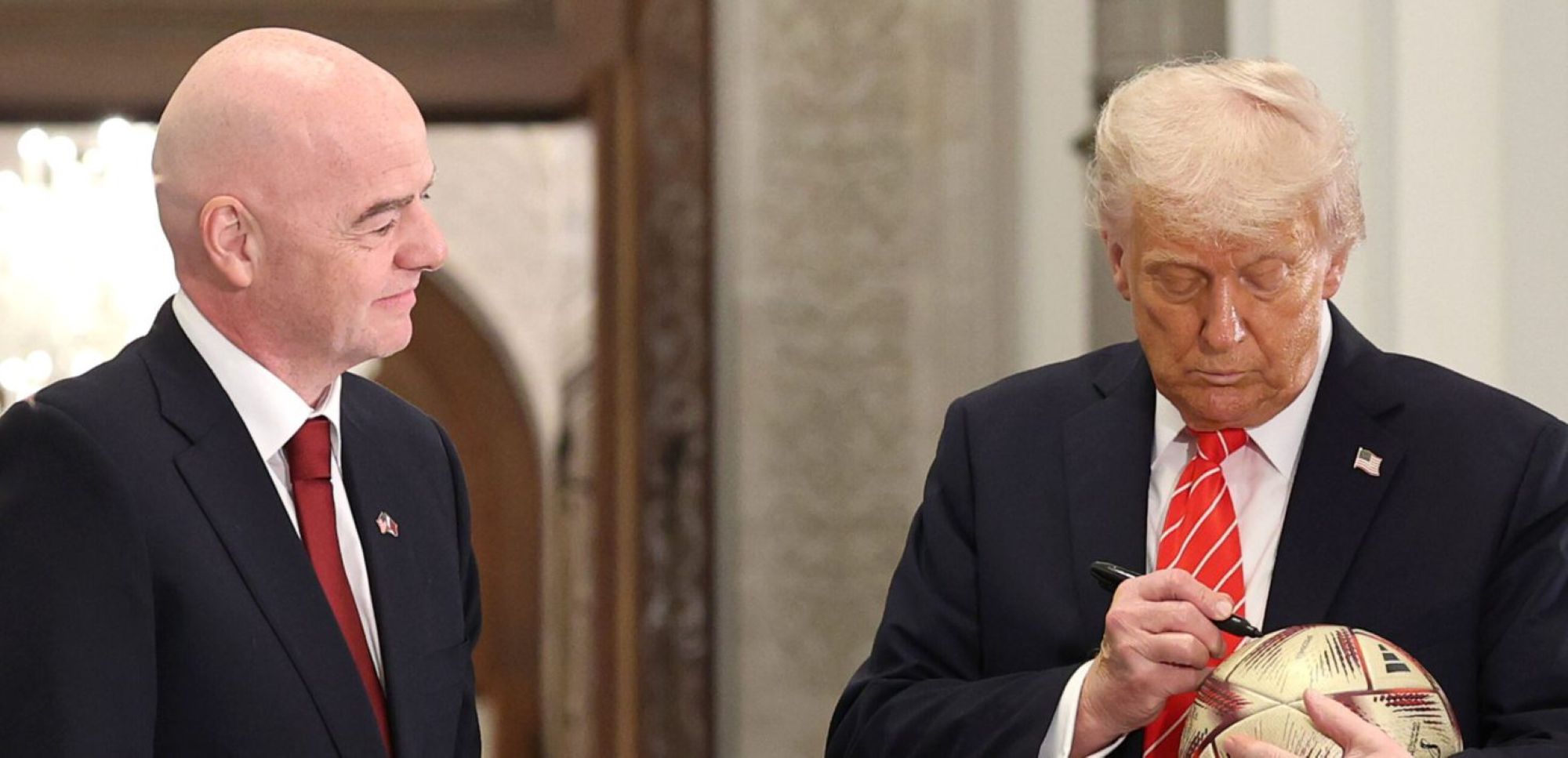By Tirana Hassan, Crisis Response Director at Amnesty International.
In her five young years, Buthaina has witnessed the type of violence and brutality that powerful people and governments often want to keep hidden.
Pulled from the rubble of her family home in Yemen’s capital Sana’a, viral images show her sitting up in a hospital bed, clutching a teddy bear. Badly bruised, she struggles to pry open a swollen eye with her fingers, to look out on a world that has dealt her such cruelty. “She had five siblings to play with. Now she has none,”her uncle Ali al-Raymi told Amnesty International.
Buthaina’s entire family were killed in their sleep when the Saudi Arabia-led coalition rained down US-made and other bombs on their neighbourhood overnight on 24 August. The attack on a residential neighbourhood killed 16 civilians, including sevenchildren, ranging from three to 13 years old. Two-year-old Sam Bassim al-Hamdani also lost both his parents in the strikes, which the coalition later said were “accidental and unintentional”.
But it is no accident that Yemeni children have borne the brunt of the brutal war that has raged since 2015. In fact,a leaked report by UN Secretary-General António Guterres points to a clear trend. The Yemen section of his annual “Children and Armed Conflict” report notes that “the killing and maiming of children remains the most prevalent violation” of children’s rights in the country, and found that the Saudi Arabia-led coalition was responsible for more than 50% of child casualties – 683, compared with 414 by Huthi armed groups.
The Secretary-General knew it would be controversial to include the Saudi Arabia-led coalition in a report annex “blacklisting” the main perpetrators. A similar attempt last year was eventually withdrawn after thenSecretary-General Ban Ki-moon caved under intense diplomatic pressure from Saudi Arabia. This backpedalling set a dangerous precedent.
Ahead of this year’s report being made public, the Gulf Kingdom’s diplomatic corps again went into overdrive to try to mitigate the fallout – touting the humanitarian aid they ship to the victims of the war in neighbouring Yemen. What they failed to mention, of course, is how the Saudi Arabia-led coalition, as well as its arms suppliers, have played a major role in creating Yemen’s humanitarian crisis in the first place. It seems their PR campaign was partially successful as the Secretary-General created a new category that, while listing the Saudi Arabia-led coalition, credits them for putting in place measures to improve the protection of children. However, the coalition has not been listed to date and no evidence exists of concrete measures that have been taken to protect children. On the contrary children continue to number among the principle victims of the air campaign and are bearing the brunt of the catastrophic humanitarian consequences of the conflict.
Amnesty International has repeatedly documented violations of international human rights and humanitarian law by coalition members during the conflict, including against children. This includes airstrikes on schools and hospitals, as well as the use of internationally banned cluster munitions which have killed and maimed children.
Meanwhile, Yemeni children are disproportionately affected by the dire humanitarian crisis sparked by the past two years of conflict. In ajoint statement in late July, the heads of three UN agencies noted how a staggering 80% of Yemeni children are in need of humanitarian assistance. Two million children face acute malnutrition, leaving hundreds of thousands susceptible to “the world’s worst cholera outbreak … unfolding amid the world’s largest humanitarian crisis.”
While Yemen may be at the extreme end of spectrum, many other devastating examples can be found the world over of children paying a high price in conflicts and crises.
In recent months alone, more than 240,000 tired and traumatized Rohingya children fled ethnic cleansing in Myanmar; a schoolboy was extrajudicially executed in the Philippines’ “war on drugs”,bringing to 54 the reported number of children killed in the murderous campaign; and UNICEF decried how Boko Haram has used 83 children, mainly girls, as “human bombs” in north-eastern Nigeria so far this year. In late August, the UN Office of the High Commissioner for Human Rightscondemned the deaths of least 49 children among hundreds of civilian casualties from the US-led coalition’s aerial bombardment of Raqqa, Syria, as well as reports that children were being forcibly conscripted by the armed group calling itself the Islamic State.
Stark scenes of children brutalized by violence are among the most haunting and defining images of our time – Omran, dazed and caked with dust and blood in the back of an ambulance in Aleppo; Alan, whose lifeless body washed ashore on a beach in Turkey; Buthaina, curled up on a hospital bed, telling the cameras that her entire family is now “in heaven”.
War kills and maims thousands of children, but it displaces exponentially more, tearing them away from their homes, schools and even their countries – according to the UN Refugee Agency, children account formore than half of the world’s 22.5 million refugees.
Some children face extreme mental health consequences because of what they witness when their homes, schools and neighbourhoods come under siege or bombardment. Earlier this year, Save the Children publisheda major study on the “toxic stress” suffered by children in Syria – mental health experts do not know if children born into such relentless conflict will ever fully recover psychologically.
Across the board, children are under assault and being failed in armed conflict and crises. Part of the problem is there are precious few global initiatives that protect children from this onslaught. In fact, the UN’s “Children and Armed Conflict” report is among the only mechanisms we have to name and shame the world’s worst perpetrators and even that is being chipped away at to protect the reputations of perpetrators.
Those responsible must not be allowed to openly flout the report’s findings. Every time the Saudi Arabia-led coalition succeeds in getting its abuses in Yemen watered down, or every time the UN Security Council gives Syria a pass for killing and maiming children, perpetrators see that even the most serious crimes against children have no repercussions.
It is clear from recent actions by the two separate UN Secretaries-General that, by bowing to pressure from the very violators of children’s rights, the current mechanism to protect children in armed conflict falls woefully short of what it was designed to do. Unless the UN Security Council enforces the rules protecting children in conflict, including through arms embargoes and ensuring perpetrators are brought to justice, Buthaina and countless other children will be killed, maimed and orphaned with impunity.
***This article was originally published in NewsWeek.























